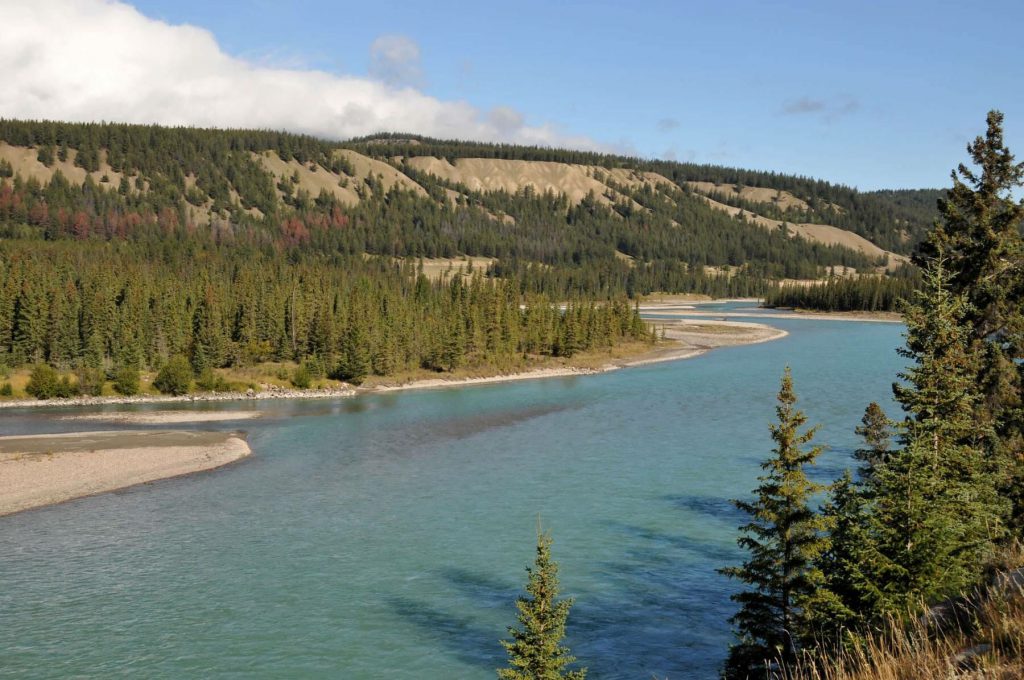Standard Uranium gears up for Athabasca drilling program

Standard Uranium Ltd. [STND-TSXV; 9SU-FSE] reports that staff and drill crews are finalizing preparations to begin the Phase 1 summer diamond drilling program at its flagship 25,886-hectare Davidson River uranium project in the Athabasca Basin, northern Saskatchewan, and runs along the inferred trend of Fission Uranium’s Triple R deposit and NexGen’s Arrow deposit, in an area lying 25 to 30 km west of those deposits. The company will follow Covid-19 protocols.
Jon Bey, President, CEO and Chairman, said: “We built Standard Uranium around the Davidson River Project and for the past two years our team has been working to identify our first drill targets. We are now fully funded, permitted and excited to get the drills turning.”
Despite major uranium exploration activity in the Southwest Athabasca Uranium District after the discovery of two of the most significant uranium deposits in the Athabasca Basin, the Davidson River Project has remained un-tested by drilling. Over the past two years, the company has completed geophysics to verify the project is prospective for uranium by defining three main conductive trends, as defined by airborne EM surveys. These conductive trends are believed to be associated with graphitic structures in basement rocks commonly associated with uranium mineralization.
The company plans to focus on the highest priority of these trends, referred to as the Warrior Trend. It is a 13-km-long corridor of conductors that is believed to be the continuation of trend that is host to the Smart Lake prospect to the northwest and interpreted as the continuation of the Patterson Lake Corridor to the east hosting the Triple-R and Arrow deposits.
In addition to the regional significance of the Warrior Trend, there are several coincident targeting vectors the company has identified as highly prospective target areas to drill-test during the Phase 1 drill program.
In total, 15 to 17 core holes within 5,000 metres of drilling is planned. These priority targets were identified based on having similar geophysical signatures as other deposits in the Southwest Athabasca Uranium District, and the greater Athabasca Basin region.
The drill spacing will be approximately 100-200 metres along strike in the high-priority area of the Warrior Trend, and between 500 metres and 1 km along the remainder of the trend. The conductive trend is in places up to 300 metres wide, and will be tested with at least three-hole drill fences in many locations to determine whether the hanging-wall or foot-wall of the conductive corridor is host to the most favourable geological setting.
